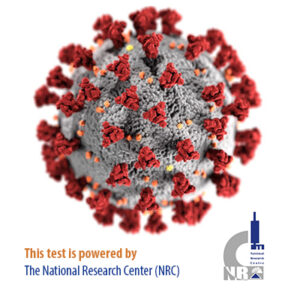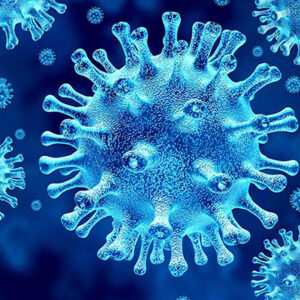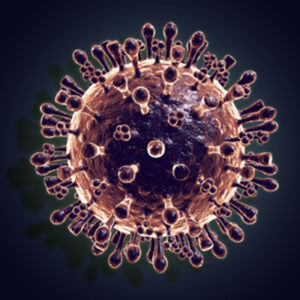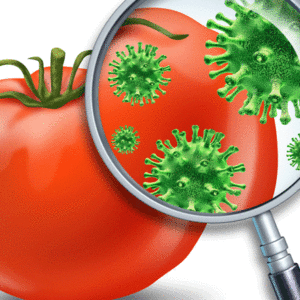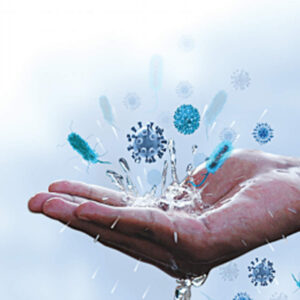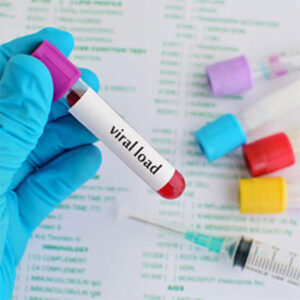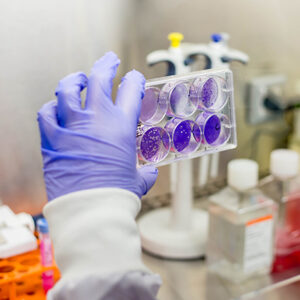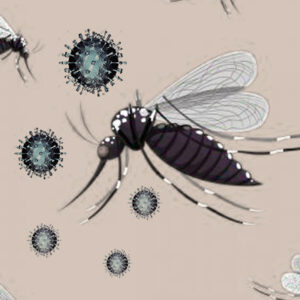Showing all 9 results
Assays on SARS-CoV-2 (COVID-19)
EGP3,000.00 – EGP10,000.00 / sampleScroll below for a full list of assays that can be carried on SARS-CoV-2 (COVID-19):
- Anti-viral assays
- Antiviral Synergy Checkerboard Assays
- Mode of Action of Antiviral Activity Assays
Available viruses for testing
EGP0.00The below list of viruses are available for research purposes and for anti-viral activity testing
Low pathogenic viruses
- Human Influenza Virus (A/H1N1 and A/H3N2)
- Human Herpes Simplex Virus
- Avian influenza virus (A/H9N2)
- Low Pathogenic Coronavirus (229E)
- Vesicular Stomatitis Virus
- Avian Influenza (H5N1)
- Coxsackie B Virus
- Hepatitis A virus (HAV)
High pathogenic viruses
- MERS-CoV virus
- SARS-CoV-2 virus (COVID-19)
Detailed antiviral activity test (CC50 & IC50)
EGP1,500.00 – EGP10,000.00 / sampleIn these panels of tests, each test compound is subjected to several assays to show its anti-viral activity. Check the details below for more about each test. Results are presented as half-maximal viral inhibitory concentration (IC50). Examination of different compounds together can also be done using synergy tests.
Detection of foodborne viruses
EGP4,000.00 / sampleThe possibility of food contamination caused by viruses is becoming a significant issue for the food business. Food may be contaminated by infected food handlers or by contact with sewage-contaminated water. Consumption of contaminated fresh fruits and vegetables is the most common source of enteric viral diseases. The Nawah-Scientific virology lab offers modern conventional and real-time PCR testing methods to detect food-borne viruses quickly and accurately.
Foodborne viruses include the following:
- Noroviruses (also known as Norwalk viruses), which cause gastroenteritis.
- Hepatitis A and E viruses, which cause hepatitis.
- Enteroviruses, which cause aseptic meningitis.
- Rotaviruses, which cause gastroenteritis.
You can test the virus presence in:
- Raw fruits and vegetables (Particularly, strawberries)
- Herbs and spices
- Mollusks (Particularly, oysters)
- Ready-to-eat or prepared foods (ready-meals)
Detection of waterborne viruses
EGP4,000.00 / sampleWater-transmitted viral pathogens are classified as having moderate to high health significance by the World Health Organization (WHO). Early and efficacious recognition of cultivable and fastidious EVs in aquatic systems is important to ensure the sanitary level of aquatic water and implement the required treatment strategies.
Waterborne Viruses include the following:
- Adenoviruses
- Astroviruses
- Hepatitis A and E viruses
- Rotaviruses
- Noroviruses
- Enteroviruses, including coxsackieviruses and polioviruses
You can test the virus presence in:
- Surface water
- Sewage
- Drinking water
- Swimming Pools
- Sea water
Sample volume
≥10 liters for all types of water except sewage (100 -1000 ml)
Mechanism of antiviral activity
EGP2,500.00 – EGP5,000.00 / sampleImproving the efficiency of antiviral compounds represents a crucial step in developing alternative strategies, but this depends on a better understanding of their mode of action. Sample with potent IC50 can target IAV at 3 main compartments; cell-free status “viricidal effect”, adsorption interference and/or during viral replication.
For each test compound, the following mechanisms are tested using Plaque Reduction Assay:
- Viral adsorption inhibition
- Viral replication inhibition
- Direct virucidal effect
- Results will be provided as viral inhibition percent for the three main tested steps (Adsorption, replication and viricidal effect)
Quantitative viral load assay
EGP0.00 / sampleStudy of viral replication for RNA and DNA viruses is a hot topic in both research and diagnostics. physicians and scientists can quantitatively measure viral load and use it as a probe for testing the effectiveness of novel antiviral compounds, accurate diagnosis, or prediction of disease outcome.
Rapid antiviral activity test
EGP500.00 – EGP1,000.00 / samplePlaque Reduction Assay
Plaque-based assay is a standard method used to determine virus concentration in terms of infectious dose. Viral plaque assays determine the number of plaque forming units (pfu) in a virus sample, which is one measure of virus quantity.
This assay is used to evaluate the virucidal efficacy of liquid, aerosol, trigger-spray microbicides intended for use on inanimate, nonporous environmental surfaces, treated surfaces and textiles, and Chemical, natural, and synthetic compounds. This practice may be employed with most viruses, which can be grown in cultured cells.
Methodology
- A confluent monolayer of host cells is infected with the virus and the infected cell area will create a plaque (an area of infection surrounded by uninfected cells) which can be seen with an optical microscope.
- In this rapid test, the test compound is added only in two different concentrations to infected cells, and the number of formed plaques is counted and compared to controls (untreated infected cells).
- Finally, percentage reduction in plaques formation in comparison to control is recorded.
- Results are presented as inhibition percentage of the used test compound
Virus detection in environmental samples
EGP1,000.00 / sampleBeside water- and foodborne viruses, other viral diseases transmitted by vectors, ticks, migratory birds or contaminated surfaces, can lead to serious infections in humans and animals.
Viruses detected in environmental samples include the following:
- Influenza viruses (e.g. influenza A/H1N1, H3N2, H5Nx, H9N2, and Influenza B viruses)
- Coronaviruses (e.g. SARS-CoV-2, MERS-CoV-2)
- Alphaviruses (e.g. chikungunya)
- Flaviviruses (e.g. Dengue virus, Zika virus, Yellow Fever, Japanese Encephalitis, West Nile Encephalitis, West Nile fever, Japanese encephalitis, tick-borne encephalitis)
- Poxvirus (e.g. Lumpy skin disease virus (LSDV))
- Hantaviruses (e.g. Hantavirus)
- Phleboviruses (e.g. Rift Valley fever virus)
- Filoviruses (e.g. Marburg and Ebola viruses)
You can test the virus presence in:
- Environmental samples
- Pooled Insects
- Pooled Ticks

